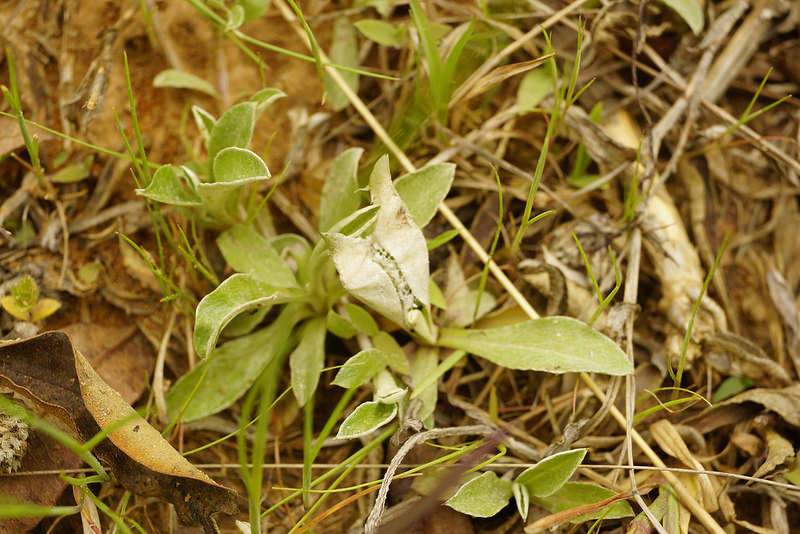Map Snapshot

















90 Records
Seasonality Snapshot
Use of media featured on Maryland Biodiversity Project is only permitted with express permission of the photographer.
Field Pussytoes in Baltimore Co., Maryland (7/1/2012). Note the single vein on each leaf.
Media by
Bill Hubick.
Field Pussytoes growing in Anne Arundel Co., Maryland (5/9/2015).
View Record Details
Media by
Bill Harms.
Field Pussytoes blooming in Harford Co., Maryland (4/24/2018).
View Record Details
Media by
Josh Emm.
Field Pussytoes growing in Anne Arundel Co., Maryland (5/9/2015).
View Record Details
Media by
Bill Harms.
Basal leaves of Field Pussytoes in Harford Co., Maryland (4/24/2018).
View Record Details
Media by
Josh Emm.
Field Pussytoes in Allegany Co., Maryland (4/9/2019).
View Record Details
Media by
Mark Eanes.
Field Pussytoes in Allegany Co., Maryland (5/6/2018).
View Record Details
Media by
Wayne Longbottom.
Field Pussytoes growing in Washington Co., Maryland (4/16/2016).
View Record Details
Media by
Jim Stasz.
Field Pussytoes blooming in Howard Co., Maryland (4/21/1979).
View Record Details
Media by
Robert Solem.
Field Pussytoes in Allegany Co., Maryland (5/7/2017).
View Record Details
Media by
Kirsten Johnson.
Field Pussytoes in Washington Co., Maryland (5/20/2017).
View Record Details
Media by
Kirsten Johnson.
Source: Wikipedia
| Antennaria neglecta | |
|---|---|

| |
| Scientific classification | |
| Kingdom: | Plantae |
| Clade: | Tracheophytes |
| Clade: | Angiosperms |
| Clade: | Eudicots |
| Clade: | Asterids |
| Order: | Asterales |
| Family: | Asteraceae |
| Genus: | Antennaria |
| Species: | A. neglecta
|
| Binomial name | |
| Antennaria neglecta | |
| Synonyms[1] | |
|
Synonymy
| |
Antennaria neglecta is a North American species of flowering plants in the family Asteraceae known by the common name field pussytoes. It is widespread across much of Canada (including Northwest Territories plus all provinces except Newfoundland and Labrador) as well as the northeastern and north-central United States.[2][3]
Antennaria neglecta is an herb up to 25 cm (10 inches) tall with as many as 8 flowering heads per plant. Male and female flowers are borne on separate plants, some populations being composed entirely of female plants.[4][5]
References
[edit]- ^ "Antennaria neglecta". The Global Compositae Checklist (GCC) – via The Plant List. Note that this website has been superseded by World Flora Online
- ^ "Antennaria neglecta". County-level distribution map from the North American Plant Atlas (NAPA). Biota of North America Program (BONAP). 2014.
- ^ Biota of North America 2014 state-wide distribution map
- ^ Bayer, Randall J. (2006). "Antennaria neglecta". In Flora of North America Editorial Committee (ed.). Flora of North America North of Mexico (FNA). Vol. 19. New York and Oxford: Oxford University Press – via eFloras.org, Missouri Botanical Garden, St. Louis, MO & Harvard University Herbaria, Cambridge, MA.
- ^ Greene, Edward Lee 1897. Pittonia 3(16C): 173–174
External links
[edit]- Illinois Wildflowers
- Native Plant Database profile, Lady Bird Johnson Wildflower Center, University of Texas at Austin
- Go Botany, New England Wildflower Society
- Minnesota Wildflowers
- Plants of the Eloise Butler Wildflower Garden











